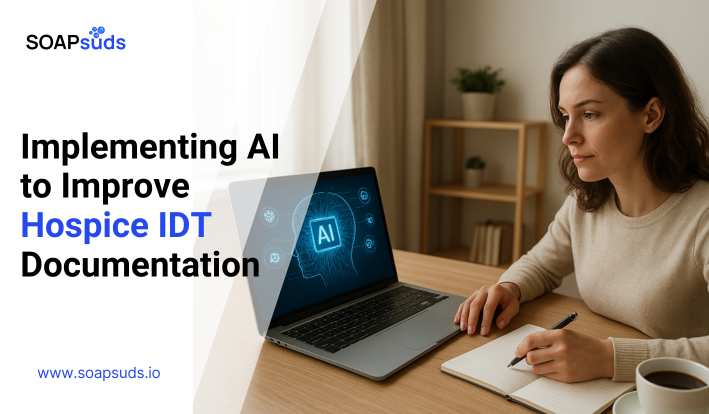The Future of Healthcare: Embracing AI in Medical Transcription
SOAPsuds team
Published: 12/5/2024
SOAPsuds team
Published: 12/5/2024
We hope this FAQ page answers your questions about SOAPsuds. If you have additional inquiries or need further clarification, don't hesitate to reach out to us
Will medical transcription be replaced by AI?
How accurate is AI transcription?
What is the difference between transcription and automated transcription?

Clear communication plays a major role in healthcare. Medical coding systems work like a shared...

We live in a society filled with a variety of views. Differences in faith, traditions

When we examine any unjust or unequal system, it often boils down to distorted perceptions...

Applying artificial intelligence (AI) to improve hospice Interdisciplinary Team (IDT) documentation is reshaping how

Healthcare faces a significant gender equity challenge, as women working in the field often...

In recent years, paperwork and documentation have steadily increased for medical professionals. Too many administrative...
Clinical Notes
SOAP notes
DAP notes
AI medical notes